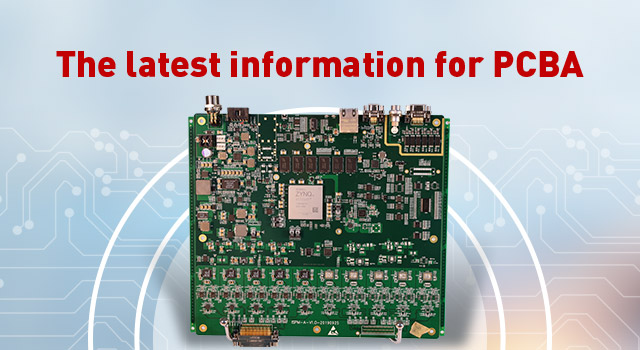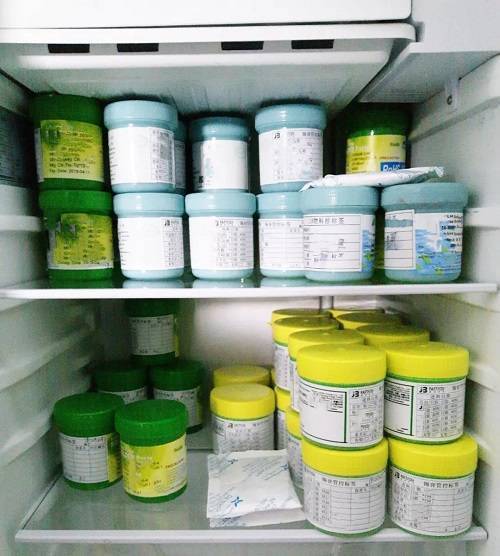
Classification and identification of PCB manufacturing solder paste
date:Jul 30,2019
Return listClassification and identification of PCB manufacturing solder paste
At present, PCB manufacturers use a wide variety of solder pastes, and there is still no uniform classification standard. Only technical classification is now available. It is generally classified according to the melting temperature of the solder alloy, flux activity, and solder paste viscosity.

1,According to the melting temperature of the solder alloy
Solder pastes with different melting temperatures can be made intosolders with different melting temperatures. The melting temperature of tin-lead solder paste for PCB manufacturing is 178-183 °C. The melting temperature of PCB-made solder paste can be increased to above 250 °C or below 150 °C depending on the type and composition of the metal used. The required temperature is called medium temperature solder paste, lower than their melting temperature is called low temperature solder paste, such as bismuth based, indium based solder paste; above their melting temperature is called high temperature solder paste, such as Sn96 solder paste. Their alloy composition, melting temperature and usageare compared.

2, According to the classification of flux activity
In the PCB manufacturing process, the flux usually contains a halogen or organic acid component, which can quickly eliminate the oxide film on the surface of the soldered metal, reduce the surface tension of the solder, and rapidly spread the solder on the surface of the metal to be soldered. However, the high activity of the flux can cause problems such as corrosion, which should be selected according to the requirements of the product.
According to the activity of the flux, it can be divided into active (RA), medium active (RMA), inactive (R), water washed (OA), and no-clean (NC).
Type R: The flux is the weakest, it contains only rosin and no active agent.
RMA type: contains both rosin and active agent.
RA type: It is a fully activated rosin or resin system, which is more active than the RMA type.
OA type: refers to organic acid flux with high flux activity. It is generally considered that the OA type flux is corrosive.
RMA and R flux do not have to be cleaned. The halogen content of RMA solder paste is usually less than 0.05%, so it is less corrosive. It can not be cleaned for SMT products made of civilian PCB, and the halogen content in RA solder paste is usually higher than 0.2. %, the solder paste has good soldering performance, and the possibility of corrosion should be considered when applying; RA/OA must be cleaned because acid will corrode the solder joint; no-clean is a variety introduced in recent years, and its activator uses organic acidclass, so the corrosion is weak, the general product can not be cleaned. At present, in the production of electronic products, strong active solder paste is basically not used.
3, The viscosity varies widely, usually 100 ~ 600Pa · S, up to 1000 Pa • S or more. When using, it is selected according to the different methods of applying the paste.
According to the viscosity classification of solder paste, in order to adapt the need to distribute solder paste indifferent technicsmethods.
Several types of solder pastes described above can be crossedto form different required solder pastes. For example, depending on whether resin such as rosin is used, the solder paste can also be classified into rosin-type solder paste and water-soluble solder paste.

